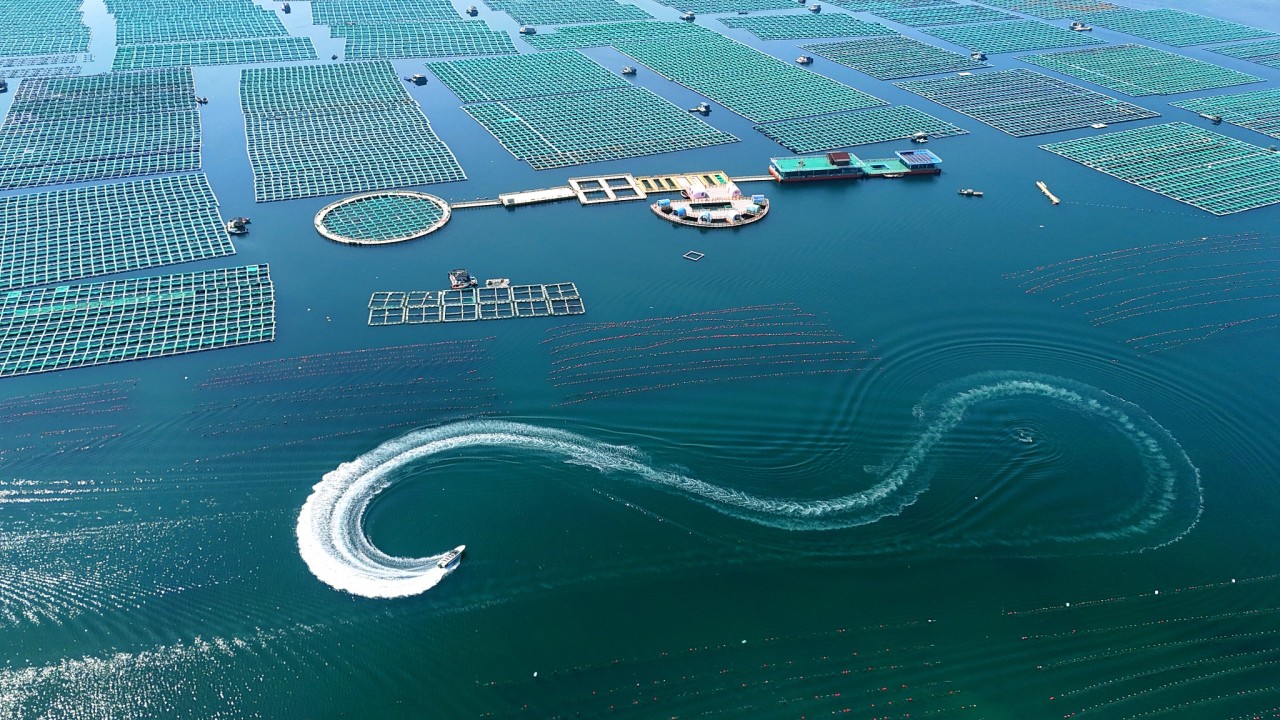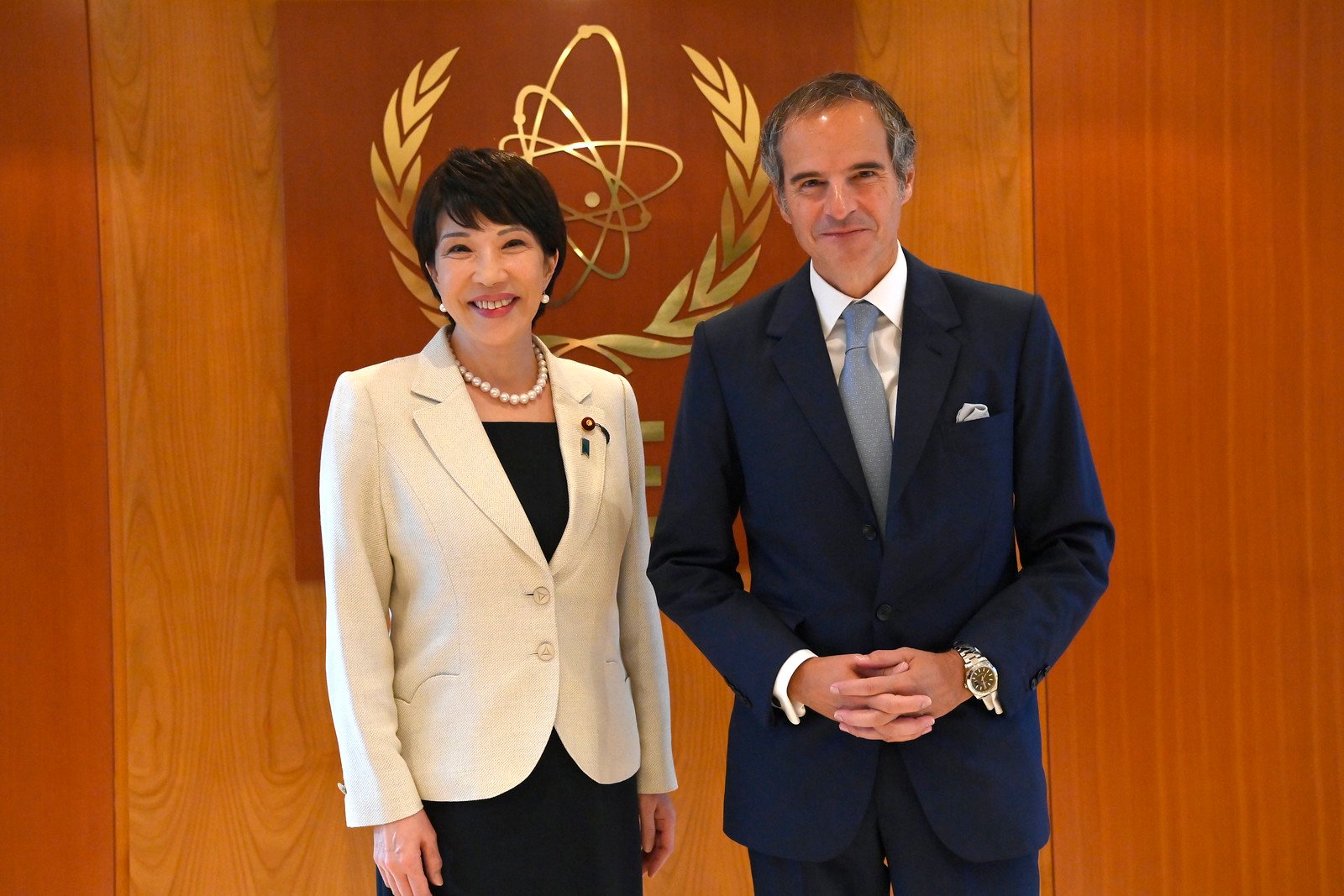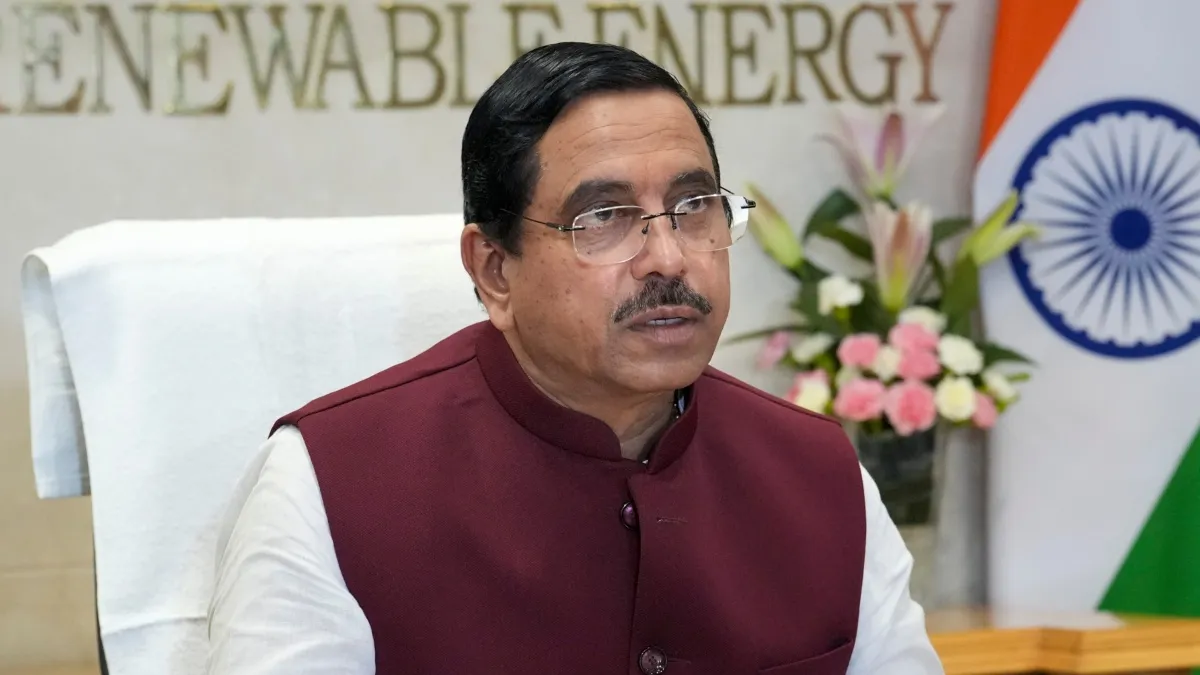Image source Q10Systems
Australia’s Future Fund this week released its 2024–2025 Year in Review—and the numbers are impressive.
A 12.2% return, $27.4 billion added in value, and over $300 billion now under management. But behind the headline growth lies a quieter tension: while the Fund is thriving financially, however, it’s not investing fast enough in the infrastructure needed to future-proof Australia’s renewable energy transition.
In 2024, the Future Fund increased its holdings in fossil fuel giants—Woodside Energy, Santos, and Whitehaven Coal—with over $1 billion in new share purchases. Meanwhile, critical infrastructure projects like grid upgrades and transmission line expansions continue to lag, threatening Australia’s ability to meet its net-zero targets by 2050.
So why isn’t the Future Fund doing more?
Built for Returns, Not Nation-Building
The Future Fund is Australia’s sovereign wealth fund, created in 2006 to cover unfunded public servant superannuation liabilities. It now oversees $240 billion in its core fund and another $66 billion across six specialized funds for medical research, disaster resilience, affordable housing, and more.
Unlike superannuation funds, the Future Fund has no members to satisfy or retail obligations to juggle. That’s a strength—it can think long-term, take on illiquid assets, and ride out market storms. But it also means there’s limited public scrutiny. Its mandate is clear: maximize returns within a strict risk framework. That framework doesn’t always align with the high-risk, long-horizon nature of infrastructure projects—especially those tied to renewable energy.
What It Does Invest In
The Fund has made some notable moves in renewables and infrastructure:
- Tilt Renewables / PowAR: The Fund owns 40% of Tilt, which includes wind, solar, and battery projects across Australia and New Zealand. Tilt has around 3.6 GW of current and planned capacity.
- TransGrid: A 10% stake in NSW’s electricity transmission network, critical for integrating renewables.
- CDC Data Centres: A 24% stake in digital infrastructure with electrification exposure.
- EastLink Toll Road: A 19.8% interest in Victoria’s transport infrastructure.
But these investments are dwarfed by the Fund’s fossil fuel holdings and global equities portfolio. Infrastructure accounts for just $11.8 billion of its Australian assets—and it’s unclear how much of that is truly future-focused.
Who Is Financing Australia’s Critical Infrastructure?
Foreign investors are stepping in where the Future Fund hesitates:
- Brookfield Asset Management (Canada): Acquired AusNet Services and bid for Origin Energy alongside EIG Partners.
- Macquarie Group (Australia): Operates globally, channeling capital into energy, transport, and digital infrastructure.
- State Grid Corporation of China (SGCC): Holds a 19.9% stake in Victoria’s electricity networks.
- IFM Investors (Australia) invests on behalf of more than 745 institutions worldwide: Owns stakes in airports, ports, and utilities, including Ausgrid and Sydney Airport.
- Global Infrastructure Partners (GIP) (Blackrock USA) : Invested in Sydney Airport and the Port of Melbourne.
These players often operate through consortiums, blending sovereign wealth, pension funds, and institutional capital. Their long-term strategies and appetite for infrastructure risk make them better suited to build the backbone of Australia’s energy transition.
Lessons from Abroad
Norway GPFG & Singapore GIC are Strategic, ethical, and infrastructure-forward—demonstrating how sovereign capital can drive decarbonization and resilience, aligning their investment strategies with national climate goals. They set clear mandates, prioritize decarbonization, and foster strategic partnerships. Australia’s Future Fund, by contrast, remains cautious, siloed, and focused on financial performance.
The ARENA Alternative
The Future Made in Australia Innovation Fund, administered by ARENA, is filling some of the gap. With $1.5 billion in grant funding and nearly $12 billion allocated since 2020, ARENA supports solar, hydrogen, battery storage, and clean manufacturing. But it’s a grant-making body—not an investor. It can’t match the scale or speed of capital deployment needed to overhaul Australia’s grid or quadruple wind capacity.
Australia’s Future Fund is a financial powerhouse—but it’s not a nation-building engine.
If Australia is serious about meeting its climate targets, it must rethink how sovereign capital is deployed. That means clearer mandates, more transparency, and a willingness to invest in the infrastructure that will define our future—not just the assets that deliver short-term returns.
Because future-proofing isn’t just about financial resilience. It’s about building the systems that will power Australia for generations to come.
Read More on The Future Fund publication: The Year in Review 2024-2025 . Here+






















